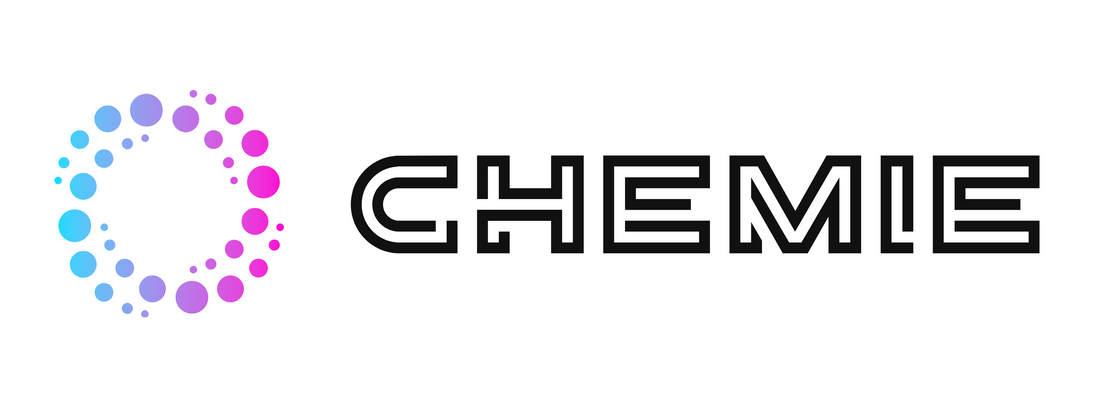The Facts About Chemie Revealed
Table of ContentsThe smart Trick of Chemie That Nobody is Discussing9 Easy Facts About Chemie ExplainedWhat Does Chemie Do?Chemie for DummiesChemie Fundamentals ExplainedThe Only Guide to Chemie
By Bojanna Shantheyanda, Sreya Dutta, Kevin Coscia and David SchiemerDynalene, Inc. Fluid air conditioning, which can be achieved making use of indirect or straight ways, is made use of in electronics applications having thermal power densities that might surpass secure dissipation with air cooling. Indirect fluid cooling is where warm dissipating electronic components are physically divided from the liquid coolant, whereas in instance of straight cooling, the components remain in straight contact with the coolant.Nonetheless, in indirect air conditioning applications the electric conductivity can be important if there are leakages and/or spillage of the fluids onto the electronics. In the indirect cooling applications where water based fluids with corrosion preventions are usually utilized, the electrical conductivity of the liquid coolant mainly depends on the ion concentration in the liquid stream.
The rise in the ion concentration in a shut loophole liquid stream may occur due to ion seeping from steels and nonmetal components that the coolant liquid touches with. Throughout operation, the electrical conductivity of the fluid may increase to a level which could be harmful for the cooling system.
5 Easy Facts About Chemie Shown
(https://linktr.ee/betteanderson)They are bead like polymers that can trading ions with ions in a service that it is in call with. In today work, ion leaching tests were done with numerous metals and polymers in both ultrapure deionized (DI) water, i.e. water which is dealt with to the highest degree of purity, and reduced electric conductive ethylene glycol/water blend, with the gauged modification in conductivity reported over time.
The samples were allowed to equilibrate at room temperature level for 2 days prior to recording the initial electrical conductivity. In all tests reported in this research study liquid electric conductivity was gauged to a precision of 1% using an Oakton disadvantage 510/CON 6 collection meter which was calibrated prior to each measurement.
A Biased View of Chemie
from the wall home heating coils to the facility of the heating system. The PTFE sample containers were placed in the furnace when consistent state temperatures were reached. The test arrangement was gotten rid of from the furnace every 168 hours (7 days), cooled to area temperature with the electric conductivity of the fluid gauged.
The electrical conductivity of the fluid example was checked for a total amount of 5000 hours (208 days). Schematic of the indirect shut loop cooling down experiment set-up. Components made use of in the indirect closed loophole cooling experiment that are in call with the fluid coolant.

The 25-Second Trick For Chemie
The modification in liquid electrical conductivity was checked for 136 hours. The liquid from the system was gathered and kept.

0.1 g of Dowex resin was included in 100g of liquid samples that was taken in a separate container. The blend was stirred and alter in the electrical conductivity at area temperature was gauged every hour. The measured adjustment in the electrical conductivity of the UP-H2O and EG-LC test liquids consisting of polymer or metal when engaged for 5,000 hours at 80C is revealed Figure 3.
How Chemie can Save You Time, Stress, and Money.
Ion leaching experiment: Calculated change in electrical conductivity of water and EG-LC coolants including either polymer or metal examples when submersed for 5,000 hours at 80C. The outcomes suggest that metals contributed fewer ions into the liquids than plastics in both UP-H2O and EG-LC based coolants.
Fluids having polypropylene and HDPE showed the least expensive electrical conductivity changes. This might be due to the brief, rigid, direct chains which are much less most likely to add ions than longer branched chains with weaker intermolecular pressures. Silicone also did well in both test liquids, as polysiloxanes are typically chemically inert because of the high bond power of the silicon-oxygen bond which would protect against degradation of the product into the liquid.
9 Easy Facts About Chemie Shown
It would be expected that PVC would certainly create comparable results to those of PTFE and HDPE based on the similar chemical structures of the products, however there may be other pollutants existing in the PVC, such as plasticizers, that might influence the electric conductivity of the liquid - immersion cooling liquid. In addition, chloride teams in PVC can additionally seep right into the examination liquid and can cause a boost in electrical conductivity
Polyurethane totally broke down right into the test fluid by the end of 5000 hour examination. Prior to and after photos of steel and polymer examples immersed for 5,000 hours at 80C in the ion leaching experiment.
Measured modification in the electrical conductivity of UP-H2O coolant as a feature of time with and without material cartridge in the closed indirect cooling loophole experiment. The measured modification in electrical conductivity of the UP-H2O for 136 hours with and find without ion exchange resin in the loophole is received Figure 5.